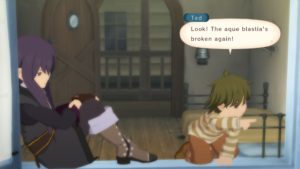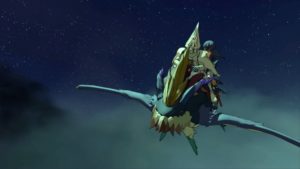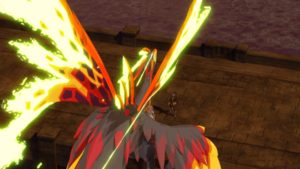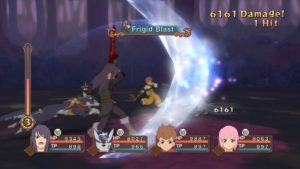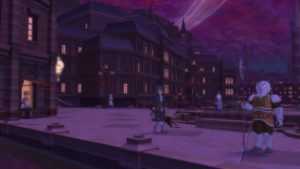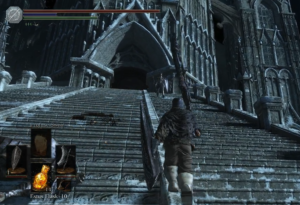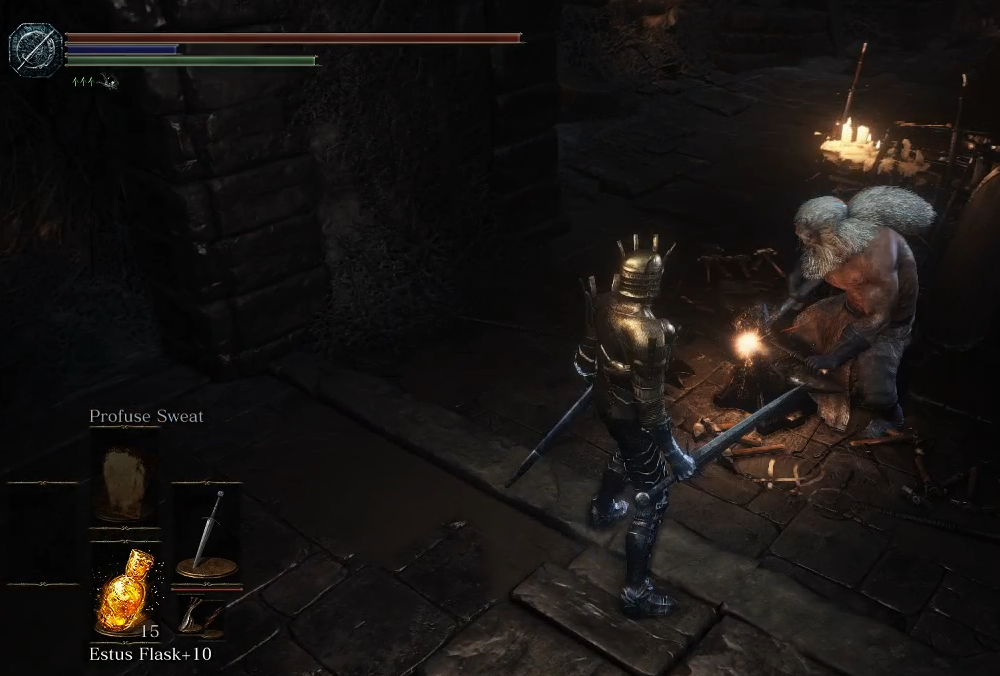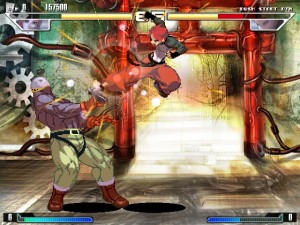Japanese Drift Master – Rise of the Scorpion is the prelude to a full game coming out in May. It’s an open world racer with drifting, missions and all kinds of event. Check out my review:
Japanese Drift Master – Rise of the Scorpion.
March 24th, 2025 ThreeHeadedMonkey Posted in Japan, PC No Comments »
Guardians of Gaia out in January
December 2nd, 2023 ThreeHeadedMonkey Posted in PC No Comments »
Guardians of Gaia is an intriguing looking action combat game with a new demo up on Steam now. It’s a multiplayer brawler with an in-depth control system and action stylings.
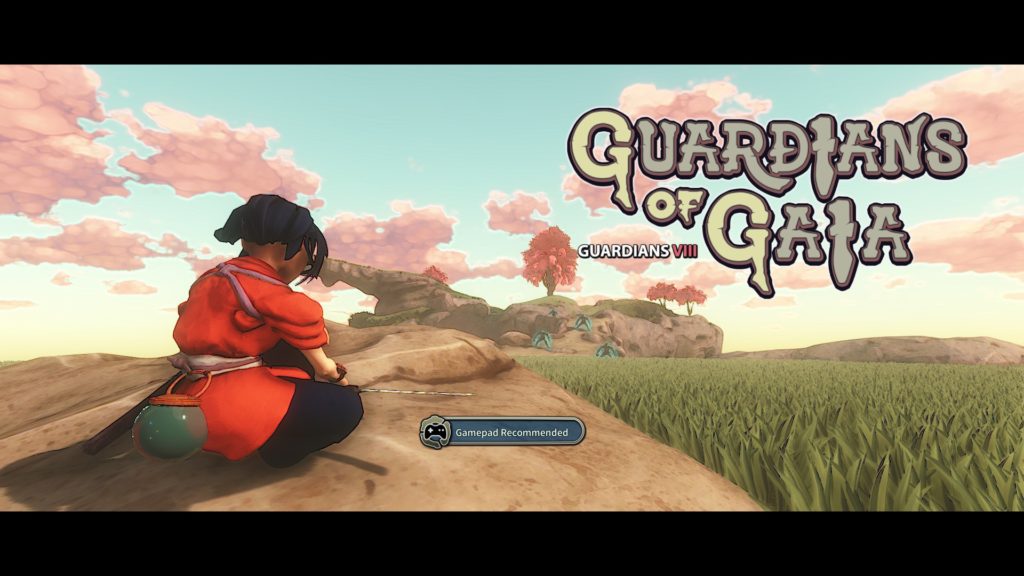
The game is a one-man project, by Tokyo’s Handmade Games. It’s incredibly impressive for an individual project, so let’s hope it does well.
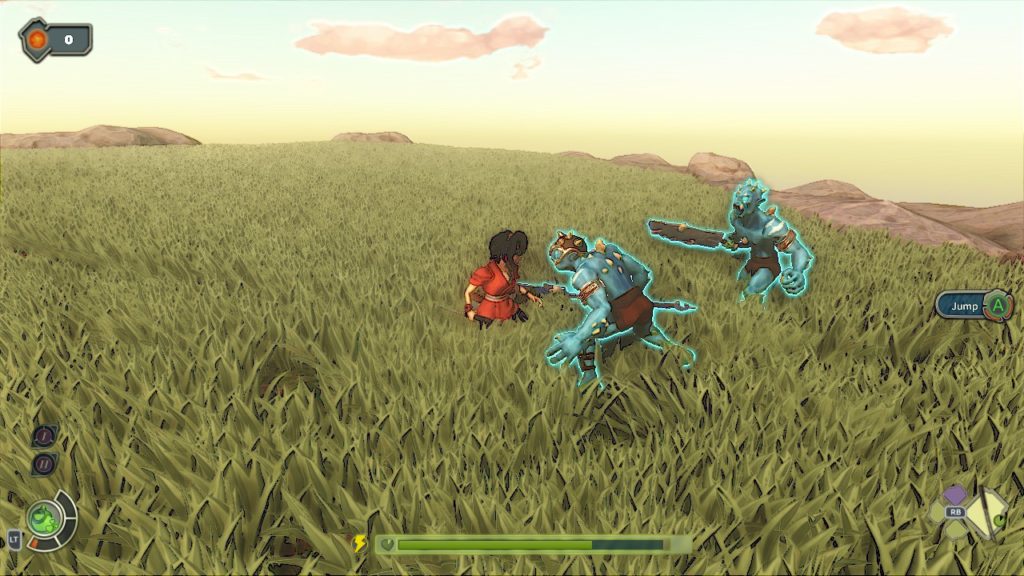
The demo lets you fight your way past waves of guardians that grow in number as you progress. When you start out it’s just one guy, backed up with a handful of grunts to let you get the hang of the controls. By the last level you’ve got a tough fight on your hands as seven guardians need to be downed.
You have a range of powers to help you, and can pick up and upgrade various different weapons. The graphics look unique – kind of voxelly, and I’m keen to check it out the finished game. The storm effects, which get more intense as the demo progresses, are also cool.
The full game is coming out on February 24th. Those of you that enjoy PvP multiplayer should check it out. Here’s the Steam link.
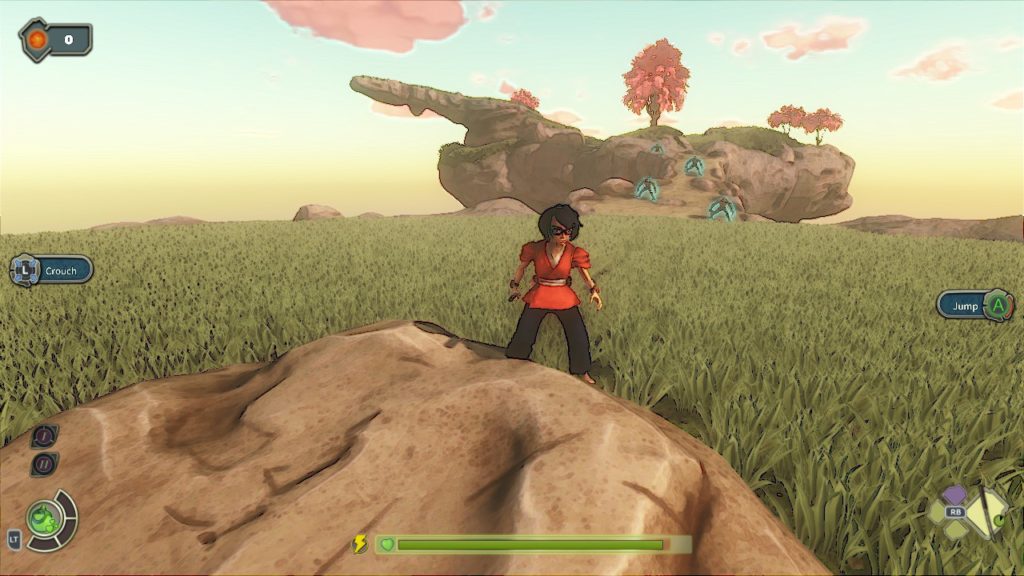
Edit: This post originally mentioned the shaky performance of the game on older machines, but this has now been improved in updates. The post has also been expanded, and includes an updated release date.
Missile Dancer 2 Demo Review
November 18th, 2023 ThreeHeadedMonkey Posted in Nintendo, PC, Review, Switch No Comments »
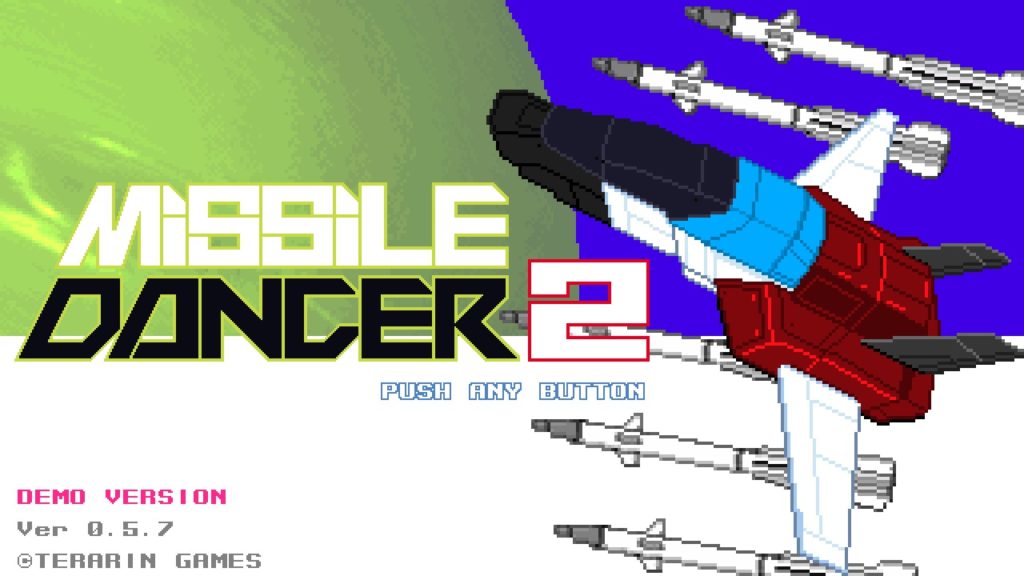
Missile Dancer 2 is an upcoming game from Japanese indie developer Terarin Games. There’s a new demo on Steam, which we took a look at.
The game plays like a combination of Afterburner and Space Harrier, with the emphasis on the former. You’re flying a combat aircraft into the screen and have missiles, which lock on to multiple targets, and a cannon, which shoots close range targets and enemy missiles.
As well as enemy planes to fight, there are also giant robots and other weird enemies more akin to Space Harrier. There are also obstacles to dodge, which we didn’t quite get the hang of in our brief playthrough.
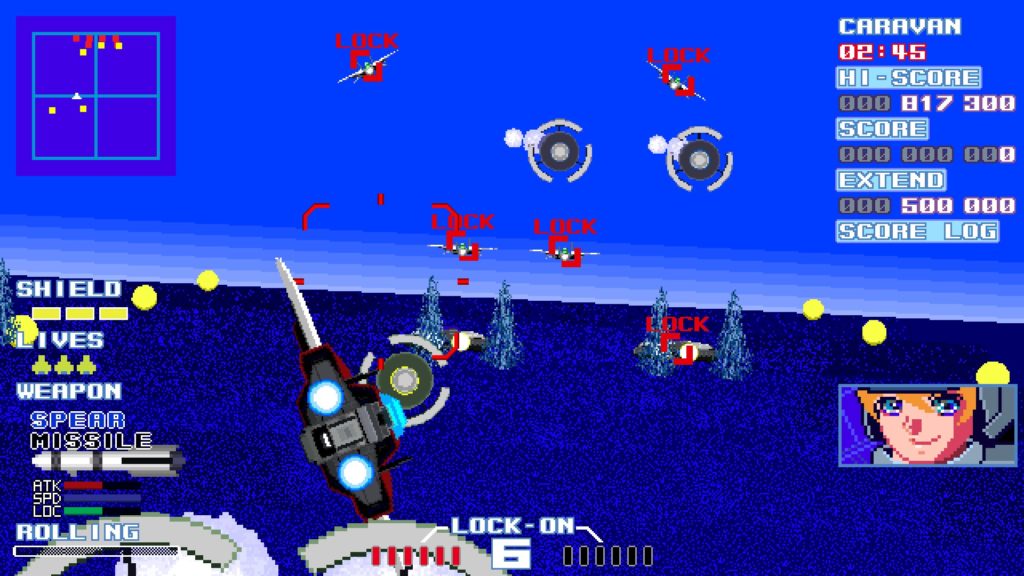
Based on our first impressions the game will lead towards the tough side. It’s a lot busier and pressured than the aforementioned Super Scaler games, and feels like a bullet hell game at times with so much going on. There are three difficulty levels, so you can keep things manageable, or make things even harder, if that’s your thing.
Missile Dancer 2 has bright, chunky graphics and gorgeous retro sound. Gamers of a certain age will love it. The demo includes a tutorial, and a 3-minute score attack mode, though the demo doesn’t include any of the arcade mode.
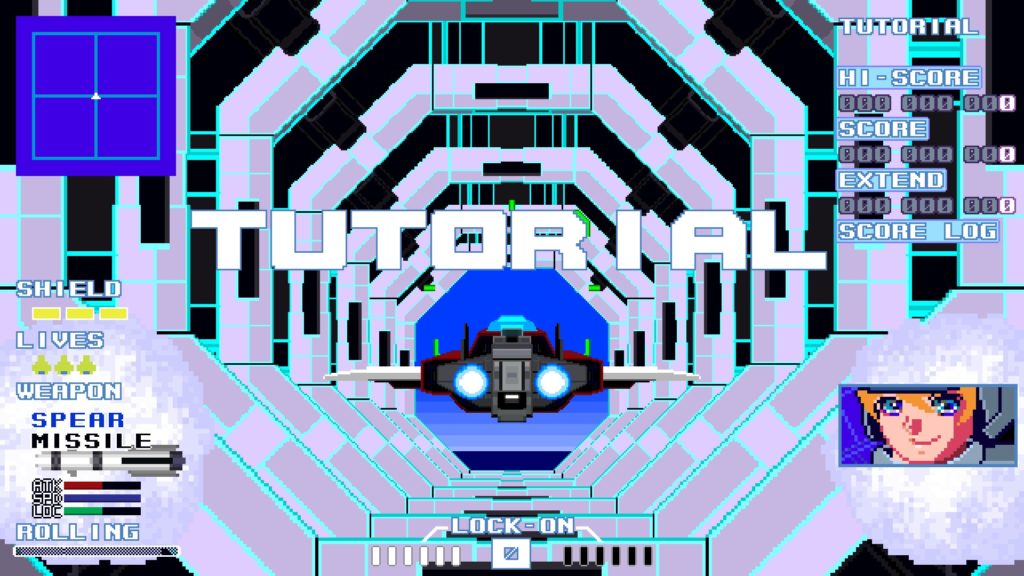
The final game promises 16 levels of arcade action on top of what you can try in the demo, and we can’t wait to check it out. Check out the demo now on Steam. Take a look at Terarin’s site for more info.
Want to support JGG? Great, that’s real nice of you. You can help us out by buying through our affiliate links. If you do this, we get a small commission, and there’s no extra cost to you.
Click here to buy Japanese games and goods at Play Asia, and help us out at the same time. Thank you!
Tales of Vesperia: Definitive Edition Review
September 13th, 2023 ThreeHeadedMonkey Posted in Nintendo, PC, Playstation, Xbox 2 Comments »
TALES OF VESPERIA: DEFINITIVE EDITION REVIEW
Tales of Vesperia is an epic JRPG from Namco-Bandai. Originally released on the XBox 360, it was then expanded for the PS3 where it gained two extra playable characters along with new sidequests, items and abilities. More recently, a remastered version, the ‘definitive edition’, appeared on PC and consoles, giving players the chance to experience it again. That’s what we’re looking at today. It’s not the first time we’ve looked at it, we had a brief look at the original XBox 360 version demo many years ago.
A Long and Winding Road
Like many JRPGs, Tales of Vesperia is a sprawling tale that sees your band of heroes fighting for the existence of the world itself. But it is also a tale of friendship, with your team of loners and misfits gradually overcoming their personal demons as they try to figure out how to do the right thing in a confusing, morally ambiguous world.
There’s an environmental subtext to the story too, with humanity’s overuse of resources leaving the world imbalanced, causing an ever greater flood of monsters to besiege them.
Like most JRPGs, it is a long game. The story meanders, twists and turns, and you’d be forgiven for wondering exactly what is going on at certain points. The characters keep the game fun, however, and things do eventually gel.
The characters bond gradually through the game, and their interactions subtly change to reflect this. Some characters also have skills that complement each other, such as getting stat boosts when particular members are in the active team.
Aside from the story, there’s plenty to think about with side quests and various types of collectable to hunt down. There are costumes, titles, skills and combat moves to find, along with a monster book and item book to fill out.
The game doesn’t have a proper side quest tracker, and many of them are just a case of being in the right place at the right time. That means you’ll stumble across scenes hotch potch style as you revisit older areas. That makes keep of tracking things very tough, but does keep things interesting as you often get a surprise cutscene when heading back to a town, or resting at an inn.
There are all kinds of playable sub-games however, ranging from poker to snowboarding, to a kind of warehouse sokoban. A lot of the wider content is quite hard to stumble across on first playthrough. If you don’t consult a guide, you can easily miss a lot of what’s there. It doesn’t help that much of the additional content doesn’t become available until the endgame approaches.
That can make the game feel a lot more linear than it is. But once you start to figure out the various sidequests available to you, you’ll soon find yourself with far more to do than you have time for.
Finding everything is quite the task though, especially given the length of a single playthrough. It’s unlikely you’ll do everything without a guide, but you can carry quite a lot over from game to game. Tales games are designed for multiple playthroughs, and this is no exception. Most collectibles can be carried over. There’s plenty of replay value to be had working through the game again to get what you missed, and as you can carry powerful items through, your subsequent playthroughs get much quicker.
The Sights and Sounds of Terca Lumireis
Tales of Vesperia’s graphics are occasionally gorgeous, but do look a little flat sometimes. Character designs are great and there are a huge number of combat moves, many of which are spectacular, particularly the spells.
The remastered PC version allows you to play at 60 FPS, and has filters improving the game’s overall appeal. Unfortunately, it isn’t very well optimized, with microstutter appearing regularly to interrupt the game’s flow. It isn’t a deal breaker however.
Sound is pleasant enough. The music is mostly jaunty and pleasant but lacks the emotional punch of a good Final Fantasy, or the drama of Zelda. Character dialogue is excellent, and varied with the cast constantly bickering and bantering as they explore.
Stronger and Stronger
Combat is in real time with you taking control of one (or two, with a friend) of your team of four. You have a wide range of moves, which include basic attacks, artes and spells. Artes and spells use magic points, so these have to be managed.
You also learn new attacks as the game progresses. Some of these happen as you level up, some are taught during the story or in side quests. Others are learnt through skills, and these can be learned permanently if you do them repeatedly. In best RPG tradition once you get into the game you’ll be just as concerned with growing your abilities as you are about slaughtering the beasts in front of you.
You assign moves to controls yourself. Since the moveset evolves, and many of them are best in particular situations, you may find that you change them so fast, you never really know for sure which controls do what. Since you tend to gravitate towards using a few at a time you’ll probably end up with a set of favorites that you use a lot of the time, swapping others in and out as the situation demands.
You learn skills from weapons and characters will regularly learn these after battles, so much of your time is spent juggling weapons to ensure everyone is always learning something. When you face tougher monsters, you’ll want to prioritize your best gear over learning of course.
You have a limited amount of skill points to assign, and there’s plenty to choose from, ranging from various kinds of stat boosts to more subtle skills letting you chain different types of attack together. Learn to exploit these systems and you’ll be doing far more damage than would otherwise be possible, and will be much harder to knock down.
There are also special attacks, such as burst artes and mystic artes that become available later on. These use your limit gauge, which increases as you give and receive damage. Naturally, these are extra spectacular and best saved for tricky moments, or when you’re heavily outnumbered.
Your team members are very vocal during combat, and are a vital source of information. They’ll alert you to enemy weaknesses, status problems and poor health. There’s also a cooking system letting you make meals after each battle, giving various bonuses for the next fight if done successfully.
There’s a lot of depth in the combat system. With so many attacks and skills to think about, and them changing all the time, there’s plenty of room for experimentation. On standard difficulty, you’ll rarely die at the hands of standard enemies, though your magic points will tick down as your work your way between save points giving combat the attritional feel common to JRPGs.
Bosses are an exception, particularly the rare giga-monsters dotted around the world. These beasts give the game a bit of extra post-game interest, demanding the most from your team. Beyond these guys there are a few nasty surprises hidden away, but I’ll leave you to discover those yourself.
That’s Our Guild
The characterization in the game is great, and the cast all have their own interesting character arcs and side stories, with the banter between them evolving as you play.
Skits are unlocked as you move around the world and these provide a welcome interlude to combat. Many of them are attached to milestones or achievements, such as the first time you use a special attack in combat, or when a character cooks a particular dish.
The post combat dialogue also shines. It’s mostly throwaway lines and brief skits, but they evolve subtly, providing a further element of character growth alongside your stats and skills. For example, Rita, the game’s nerdy one, won’t want to participate in anything at first, but will eventually open up and join in enthusiastically with everyone else.
A Standout Tales Game
Tales of Vesperia is a long, epic adventure that still stands up well today. It meanders a little, but will suck you in, and its combat and late game challenges will keep you playing long after the credits roll.
Its broad cast of characters also shines, making the whole experience more enjoyable. Their trials and tribulations lend a human side that contrasts with the grandiose main storyline. You’ll watch your gang evolve into a finely honed fighting unit, capable of saving the world, and delivering a few snappy one liners while they do so.
Tales of Vesperia FAQ:
Publisher: Namco Bandai Games
Series: Tales
Release Date: August 7th 2008 (XBox 360), January 11th 2019 (Definitive Edition)
Platforms: XBox 360/One/Series X/S, PS3/4/5, PC, Switch, PS4,
Where to Buy: Steam, Amazon, Console Stores, Play Asia
Goods: Try this Tales site.
Standard Price: $49.99 on Steam
Estimated Sale Price: $9.99
Alternatives: Tales of Arise, Final Fantasy, Dragon Quest
Length: 70 Hours. How long to beat says 45 but that’s optimistic in our opinion.
E-sports hotel to open in Osaka
October 4th, 2019 ThreeHeadedMonkey Posted in Japan, PC No Comments »
PC gamers in Japan have something to look forward to next year. A new E-sports hotel will open in Osaka. Opening in April 2020, it will be the first hotel dedicated to e-sports in Japan and will offer gamers somewhere to sleep, as well as play. With over 70 high end PCs available, it will doubtless become a venue for gaming tournaments, too.
The hotel will open in the geek-friendly Nipponbashi district, full of game shops, such as Super Potato, bars, and host to an annual cosplay parade. The concept images shown here look pretty exciting.
E-sports is getting more popular in Japan, with the Red Bull gaming sphere opening in Tokyo last year. We’ll try and check e-zone out when it opens.
Read more in Japanese at FashionSnap, via TechSpot.
Dark Souls 3 Review
August 3rd, 2019 ThreeHeadedMonkey Posted in PC, Playstation, XBox One 1 Comment »
Dark Souls 3 is the third entry in From Software’s brutal action RPG series. After its iconic debut, many felt the second entry dipped a little, but the final game is a stonking return to form. Let’s take a closer look in this Dark Souls 3 review.
Essentially a hack and slash ’em up with RPG underpinnings, Dark Souls 3 sees you fighting your way from place to place through a strange and forbidding world.
You pick a character from a number of preset classes and then slowly grow your stats as you level up. The game is more flexible than its predecessors. Being a jack of all trades is more achievable, even if not ideal.
Different play styles are possible, with magic users having a very different experience to out and out brawlers. The game rewards multiple play-throughs and is full of secrets.
Famously, Dark Souls is a difficult series, but one that pulls players up with it and demands they play at its level. Baddies that would be grunts in most other games demand concentration and precision.
There is little margin for error. This is a game where you need to ruthlessly exploit the mechanics to eke every advantage you can over the obstacles in your way.
Indeed, to progress through the normal game you’ll need to know the lie of the land more thoroughly than in perhaps any other game.
Even the earliest enemies will take advantage of any flaw in your defenses and leave you reeling. You soon learn not to stop blocking for any reason, until you figure out that that cripples your stamina recovery, so start doing it more sparingly.
The challenge is brutal, but the sense of achievement when downing a boss is a fist-pump moment not many games can do. Getting stuck can be demoralizing, but you can always pull in a friend, via the co-op system if you really can’t make progress. Trying to do the game without assistance though, takes the game to another level of challenge.
The sound complements the game perfectly. The gentle whistle as you absorb the souls of a fallen enemy is an understated, if creepy celebration of each victory. Play with headphones and the bloodied gurgles of the fallen make the game all the more unsettling.
The dialogue, giving you snippets of vague advice and drips of plot, is also outstanding. Delivered in a strange, rhythmic monotone, the words of bosses and shopkeepers will linger long in your memory, partly because its so hard to be sure what they mean.
Many of the characters have a backhanded jibe at you or a contemptuous cackle that hints at the precariousness of your position in the game’s world.
The original Dark Souls was a curious beast graphically. Appearing in a period when Japanese games were behind the curve technically, it had the look of a game that wasn’t really pushing the boat out, while actually being quite advanced in the way it delivered its seamless world.
Artistically of course, it had quality in spades. The third entry is a much more impressive game on the surface, though its world isn’t as interconnected. It can be magnificent at times however, not least in its architecture. Like the characters and enemies, buildings seem to be there for a reason and have their own history. Many will be familiar from the other games, but have often changed over the years. You’ll also notice that statues resemble familiar characters, if you pay attention.
Enemy design is detailed and meticulous. The various beasts all fit in with their environments and the attention to detail is great. You get the feeling From have thought long and hard about everything – what the creatures are doing there, where they come from. It all ads up to a curious sense of believability about them and the strange world they inhabit.
The bosses are where the bulk of the challenge lies and are where you’ll mostly get stuck. The first Dark Souls had more of a balance between the open sections and the boss fights, but here the bosses are the most serious challenges you’ll face, by far.
The game is full of hidden things to find, some more obscure than others. There are hidden walls and items in hard to reach places. Problems that seem insurmountable can often be solved with a switch of loadout or a dexterous maneuver.
The online messaging system comes in to play here. You can leave messages that appear in other player’s worlds. You build messages from a limited vocabulary, so can’t give things away entirely but there is plenty of scope for assistance and creativity. Messages are hugely helpful, but may not always be honest.
The plot is obscure and the details the subject of much debate among the game’s community. You aren’t given much to go on, but the basic thrust is that you need to bring five lords to their thrones in order to link the flame.
One lord has volunteered, leaving you effectively, with four major bosses to hunt down in order to complete your quest. As with much of the game, it isn’t clear exactly why you are trying to link the fire, or if it is a good thing.
Dark Souls 3 launched in 2016, but is still going strong and has plenty of people playing online. To discuss the multiplayer is almost a spoiler, because the mystery of the mechanics is such a key part of the game. Suffice to say other players appear in your game in various ways. If you don’t consult a guide you could easily go through the whole game without understanding exactly what is going on and we’re not going to spoil things here.
What Dark Souls does is impressive though and pretty much unique. The optional co-op parts provide a real sense of team spirit and a welcome respite from the bleakness of the rest of the game. If you haven’t played a game in the series, you might be wondering which to go for. Well, the first is the classic, though is harder to figure out than 3, which feels more conventionally structured.
Having said that, the interlinked map of the first game and the way everything hangs together is a unique piece of game design that this game doesn’t recreate, despite the exquisite design of individual areas. Our advice would be to start with the third, but the first is a good choice, too.
There are two pieces of downloadable content. There is no shortage of things to do in the main game, but if you want even more to do these are well worth it and include some of the game’s toughest bosses.
The game is available for PC, Playstation 4 and XBox One. The PS4 version is currently on Amazon for $19.99. That’s well worth it if you haven’t played it, and we recommend anyone that likes a challenge to pick it up.
Yumenikki – Dream Diary
May 17th, 2018 ThreeHeadedMonkey Posted in Japan, PC No Comments »
Mental health has been getting a lot of coverage in the media lately and there have also been some interesting attempts by game developers to explore the subject. Recently, we discovered Yumenikki – Dream Diary, a 3D reboot of an old game featuring a Japanese recluse – a ‘hikkimori’ or shut-in. There a many people in Japan who get to a certain point in their lives and simply decide not to go outside any more than they have to. For games to give this subject coverage has to be valuable, so this might be worth a look for anyone interested, or affected by the issue.
[Link]
Yatagarasu
August 10th, 2013 ThreeHeadedMonkey Posted in Japan, PC 1 Comment »
SNK fans will be pleased to hear that Yatagarasu Attack on Cataclysm has hit its crowdfunding goals and will be getting a load of new characters and extras. The game is developed by three former SNK developers.
This new version will be fully localized for English speakers.
Winning Eleven 2010 Trailer
December 8th, 2009 ThreeHeadedMonkey Posted in PC, Playstation, Wii, Xbox 360 No Comments »
Here’s the Japanese trailer for Winning Eleven 2010:
[Read, via GoNintendo]
Tim Schafer’s mini freebie
March 28th, 2009 ThreeHeadedMonkey Posted in PC No Comments »
Game design legend Tim Schafer has released a free mini-graphic-adventure. The game echoes the style of the classic LucasArts adventures that earned Schafer legend status, such as Day of the Tentacle.
Double fine are currently working on Brutal Legend, expected at the end of the year.
[Read, via Eurogamer]
